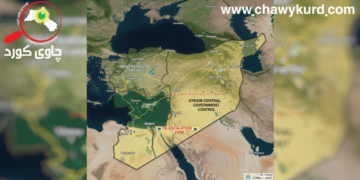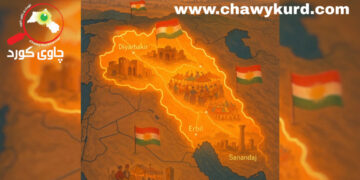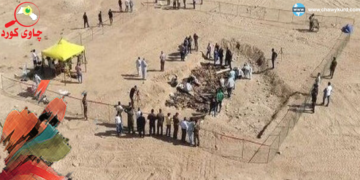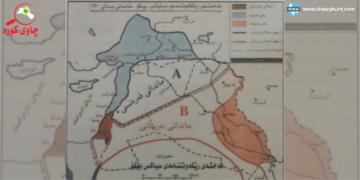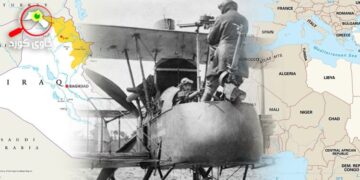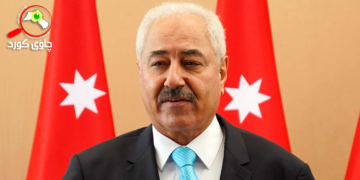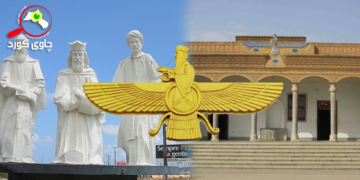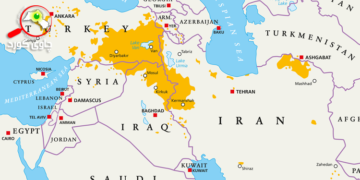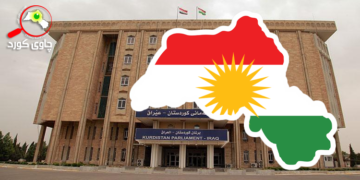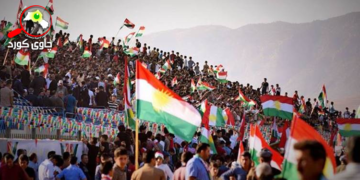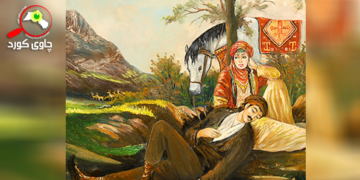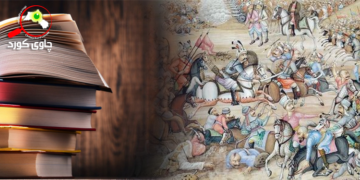Syria is one of the countries of Asia and the Middle East, which has had a significant historical and civilizational importance since ancient times. Syria due to its position of an ancient civilization and because of its important position has often faced war and occupation. Historically, several nations have dominated the territory of present-day Syria, the most important of which are the Sumerians, Assyrians, Hittites, Amorites, Canaanites, Phoenicians, Arameans, Romans, Persians, Muslims, Byzantines, Mamluks and Ayyubids etc.In ancient history, Syria was part of the country of Sham, which refers to present-day Syria, Lebanon, Jordan and Palestine. It has the Ebla civilization and one of the oldest capitals in the world, Damascus. For a while, the city was an important center of political, civil, cultural and ruling power of the Umayyads.
“Syria in History”
Scientists believe the oldest human remains found in Syria date back to about 700,000 years BC. Archaeologists have found skeletons and bones of Neanderthals who lived in the area during this time. Ebla, for example, is a city in Syria that is thought to have existed around 3000 BC and is one of the oldest human settlements. Syria was also one of the earliest centers of human culture in the Neolithic (12,000 years ago). Important developments in agriculture emerged there, such as the development and cultivation of cereal varieties, animal husbandry, etc. Until about 3,000 BC, the city of Ebla, in present-day Syria, was the capital of a large Semitic empire that had trade relations with Sumer, Akkad and even the Egyptians. However, the invasions of the maritime peoples destroyed this civilization in the second millennium BC. Nevertheless the Canaanites dominated from the third millennium B.C. Their power over the coastal regions, central and southern Syria, then declined later in the second millennium BC. The Canaanites were known in the coastal regions as Phoenicians, the name given to them by the Greeks. For a while Syria was under the rule of Alexander the Great. After Alexander’s death, Syria fell to Seleucid I and then to the Persians. When the Roman Empire collapsed, Syria became part of the Eastern or Byzantine Empire.
In 637 AD, Muslim armies defeated the Byzantine Empire and took control of Syria. Islam spread rapidly throughout the region, and Muslims consolidated their power in the region. Damascus eventually became the capital of the Islamic world, but around 750 AD, when the Umayyad rule collapsed during the Abbasid period, the capital of the Islamic world was moved to Baghdad in Iraq, this change led to economic decline in Syria for centuries. Thus the region was unstable and ruled by different groups. After the disappearance of the Islamic Caliphate, the Byzantines (Eastern Romans) tried to control Syria, attacked it several times and even brought the country under their rule. They later lost the major cities of Syria between 960 and 1020 AD. Byzantine aspirations faded when the Seljuk Turks invaded Byzantium at the end of the 11th century and also conquered parts of Syria itself. At the same time, however, Christian crusaders from Europe began to establish smaller crusader states along the Syrian coast. They were opposed by anti-Crusader warriors including among them Salahaddini Ayyubii, the Sultan of Syria and Egypt. Both Muslims and Crusaders in Syria faced threats and preparedness in the 13th century, in the form of the Mongol Empire, whose power expanded rapidly. The Mongols invaded Syria and faced strong resistance from the Egyptian Mamluk army, which defeated them at the Battle of Ain Jalut in 1260 AD. Until the middle of the 14th century, the Mamluks consolidated their rule over the region. In 1516, a new power conquered Syria. It was the Ottoman Empire, which ruled Syria and the rest of Syria until 1918 AD.
The Ottoman Sultan made the mistake of making an alliance with the Germans and Austro-Hungary during World War I. When they lost the war, the Ottoman Empire, known as the “Sick Man of Europe,” failed and disintegrated. It was placed under the auspices of the League of Nations, and Britain and France divided the former Ottoman lands in the Middle East between them. Syria and Lebanon fell to France. Then in 1925, the Syrian people revolted against colonialism. During World War II, the French government granted Syria freedom and independence. The last French troops left Syria in April 1946 until the country gained true independence. Later, the regions of Syria were ruled by the Syrians themselves under the name of the Syrian Arab Republic, then the United Syrian Republic, again the Syrian Arab Republic.























